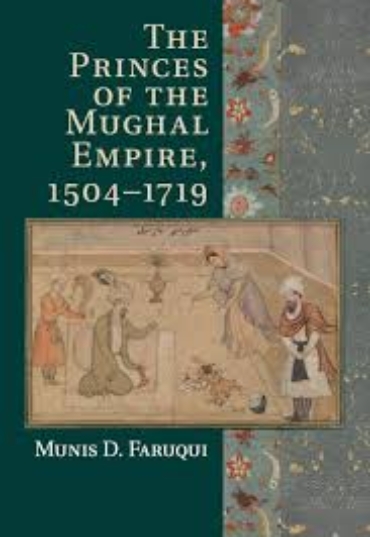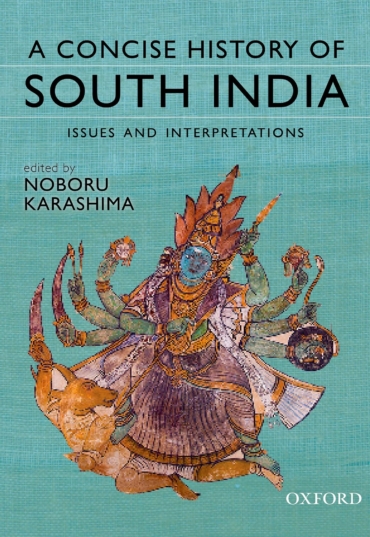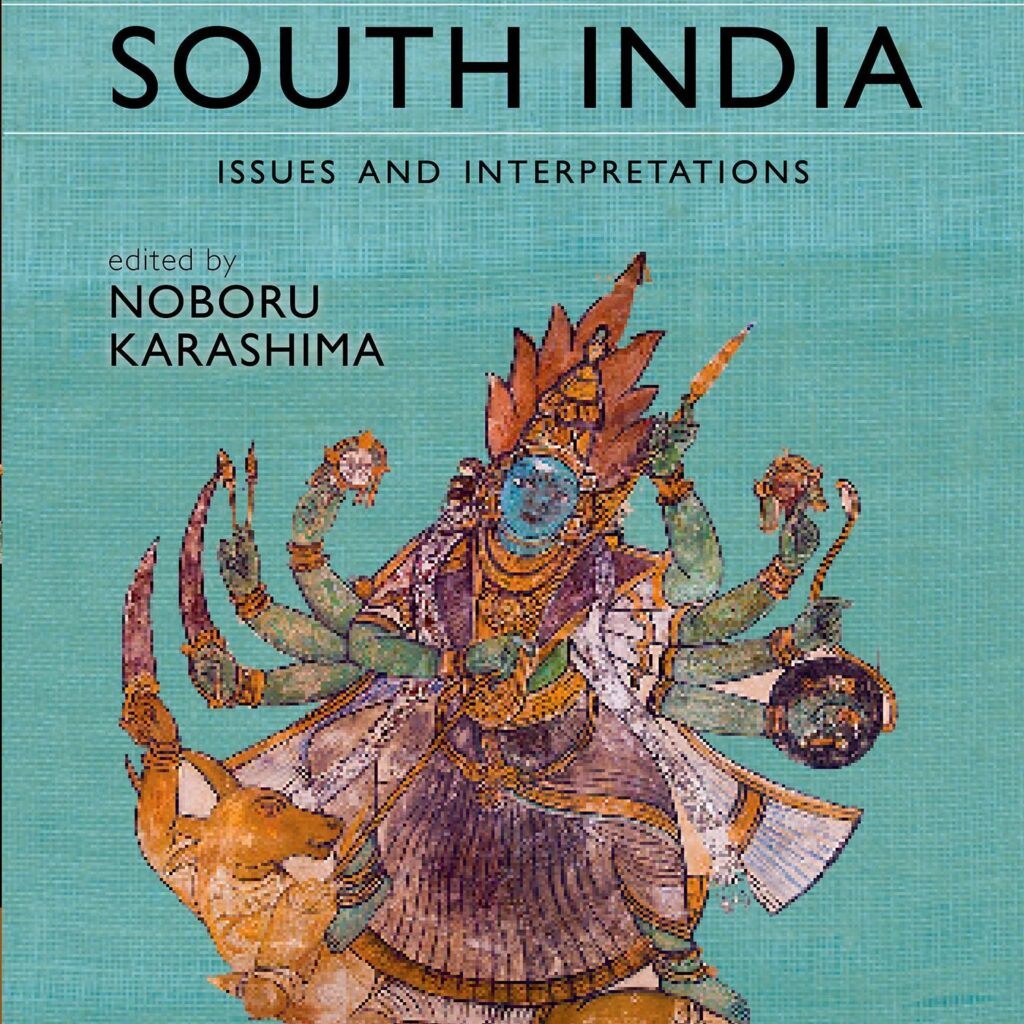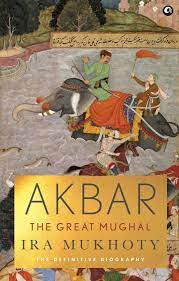THE ROOTS OF HINDUISM 2021 EDITION FREE BOOK PDF
Only registered users can download this book.
Please Login/Register first.
THE ROOTS OF HINDUISM 2021 EDITION FREE BOOK PDF :-
DESCRIPTION OF THE ROOTS OF HINDUISM :-
Hinduism has two major roots. The more familiar is the religion brought to South Asia in the second millennium BCE by speakers of Aryan or Indo-Iranian languages, a branch of the Indo-European language family. Another, more enigmatic, root is the Indus civilization of the third millennium BCE, which left behind exquisitely carved seals and thousands of short inscriptions in a long-forgotten pictographic script.Discovered in the valley of the Indus River in the early 1920s, the Indus civilization had a population estimated at one million people, in more than 1000 settlements, several of which were cities of some 50,000 inhabitants. With an area of nearly a million square kilometers, the Indus civilization was more extensive than the contemporaneous urban cultures of Mesopotamia and Egypt. Yet, after almost a century of excavation and research the Indus civilization remains little understood. How might we decipher the Indus inscriptions? What language did the Indus people speak? What deities did they worship?Asko Parpola has spent fifty years researching the roots of Hinduism to answer these fundamental questions, which have been debated with increasing animosity since the rise of Hindu nationalist politics in the 1980s. In this pioneering book, he traces the archaeological route of the Indo-Iranian languages from the Aryan homeland north of the Black Sea to Central, West, and South Asia. His new ideas on the formation of the Vedic literature and rites and the great Hindu epics hinge on the profound impact that the invention of the horse-drawn chariot had on Indo-Aryan religion.Parpola’s comprehensive assessment of the Indus language and religion is based on all available textual, linguistic and archaeological evidence, including West Asian sources and the Indus script. The results affirm cultural and religious continuity to the present day and, among many other things, shed new light on the prehistory of the key Hindu goddess Durga and her Tantric cult.
HINDU :-
Hinduism is a diverse system of thought marked by a range of philosophies and shared concepts, rituals, cosmological systems, pilgrimage sites, and shared textual sources that discuss theology, metaphysics, mythology, Vedic yajna, yoga, agamic rituals, and temple building, among other topics. Prominent themes in Hindu beliefs include the four Puruṣārthas, the proper goals or aims of human life; namely, dharma (ethics/duties), artha (prosperity/work), kama (desires/passions) and moksha (liberation/freedom from the passions and the cycle of death and rebirth), as well as karma (action, intent and consequences) and saṃsāra (cycle of death and rebirth). Hinduism prescribes the eternal duties, such as honesty, refraining from injuring living beings (Ahiṃsā), patience, forbearance, self-restraint, virtue, and compassion, among others.
Hindu practices include rituals such as puja (worship) and recitations, japa, meditation (dhyāna), family-oriented rites of passage, annual festivals, and occasional pilgrimages. Along with the practice of various yogas, some Hindus leave their social world and material possessions and engage in lifelong Sannyasa (monasticism) in order to achieve moksha.
Hindu texts are classified into Śruti (“heard”) and Smṛti (“remembered”), the major scriptures of which are the Vedas, the Upanishads, the Purānas, the Mahābhārata, the Rāmāyana, and the Āgamas. There are six āstika schools of Hindu philosophy, who recognise the authority of the Vedas, namely Sānkhya, Yoga, Nyāya, Vaisheshika, Mimāmsā and Vedānta. While the Puranic chronology presents a genealogy of thousands of years, starting with the Vedic rishis, scholars regard Hinduism as a fusion or synthesis of Brahmanical orthopraxy with various Indian cultures, having diverse roots and no specific founder. This Hindu synthesis emerged after the Vedic period, between c. 500–200 BCE and c. 300 CE, in the period of the Second Urbanisation and the early classical period of Hinduism, when the Epics and the first Purānas were composed. It flourished in the medieval period, with the decline of Buddhism in India.
| Type | Ebook |
|---|---|
| Format |
Related Books

THE PRINCES OF MUGHAL EMPIRE

Only registered users can download this book.
Please Login/Register first.

A CONCISE HISTORY OF SOUTH INDIA ISSUES AND INTERPRETATIONS

For Free Soft Copy Of A Concise History Of South India In PDF Format Click Here.
For Hard Copy Of A Concise History Of South India For Rs.990 Click Here.
Only registered users can download this book.
Please Login/Register first.

AKBAR : THE GREAT MUGHAL

Only registered users can download this book.
Please Login/Register first.

Reviews
There are no reviews yet.